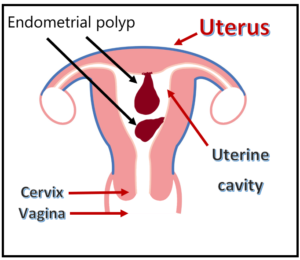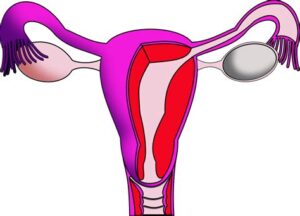 Dysmenorrhea refers to lower abdominal pain felt during menstruation. It is divided into two broad categories, which are primary and secondary dysmenorrhoea.
Dysmenorrhea refers to lower abdominal pain felt during menstruation. It is divided into two broad categories, which are primary and secondary dysmenorrhoea.
- Primary dysmenorrhea refers to the presence of pain during menses without any obvious gynaecological disease that could account for these symptoms. The pain is typically recurrent, crampy pain that starts just before or with the onset of menses and then gradually reduces over the next 24 to 72 hours. It is more often seen in adolescents and young females. Physical examination and an ultrasound scan of the pelvis is usually normal.
- Secondary dysmenorrhea refers to the pain before and/or during menstruation in females with a gynaecological disease that could explain the symptoms. These could be endometriosis, adenomyosis, or uterine fibroids. The cramping pain can be in the lower abdomen, lower back or radiates to the inner thighs. The pain may even persist after menstruation has stopped.

 The woman and her partner should be present at the initial evaluation for infertility. The doctor will obtain a full clinical history from the couple and then proceed on to a physical examination. The initial investigations that need to be performed will be based on these assessments. Sometimes, the cause of the infertility may be found at this visit. Further evaluation and clinic visits may be necessary for other couples. It may take several weeks. This is because some of the tests may have to be repeated for verification at different specific times in her menstrual cycle. The initial workup of a man usually can be done faster, because men have no monthly cycles and because there are fewer tests for men.
The woman and her partner should be present at the initial evaluation for infertility. The doctor will obtain a full clinical history from the couple and then proceed on to a physical examination. The initial investigations that need to be performed will be based on these assessments. Sometimes, the cause of the infertility may be found at this visit. Further evaluation and clinic visits may be necessary for other couples. It may take several weeks. This is because some of the tests may have to be repeated for verification at different specific times in her menstrual cycle. The initial workup of a man usually can be done faster, because men have no monthly cycles and because there are fewer tests for men.





